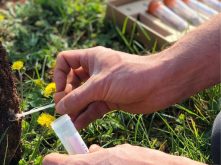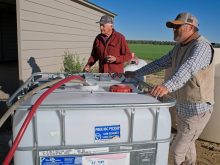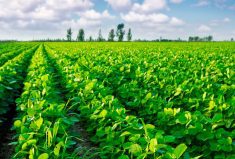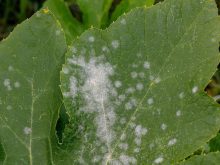Research, demonstration projects and greater investment from crop protection companies have readied Canadian farmers to learn more about biological inputs and their potential to improve crop production without harming the environment, according to a survey by Corteva Agriscience.
“The survey is a pretty solid indicator that the market is ready for biologicals,” says Kirsten Ratzlaff, seed applied technology leader with Corteva.
“What really stood out is that nearly 90 per cent of farmers answering the survey are interested in learning how biologicals can be used to produce a healthy and profitable crop,” she adds.
Read Also
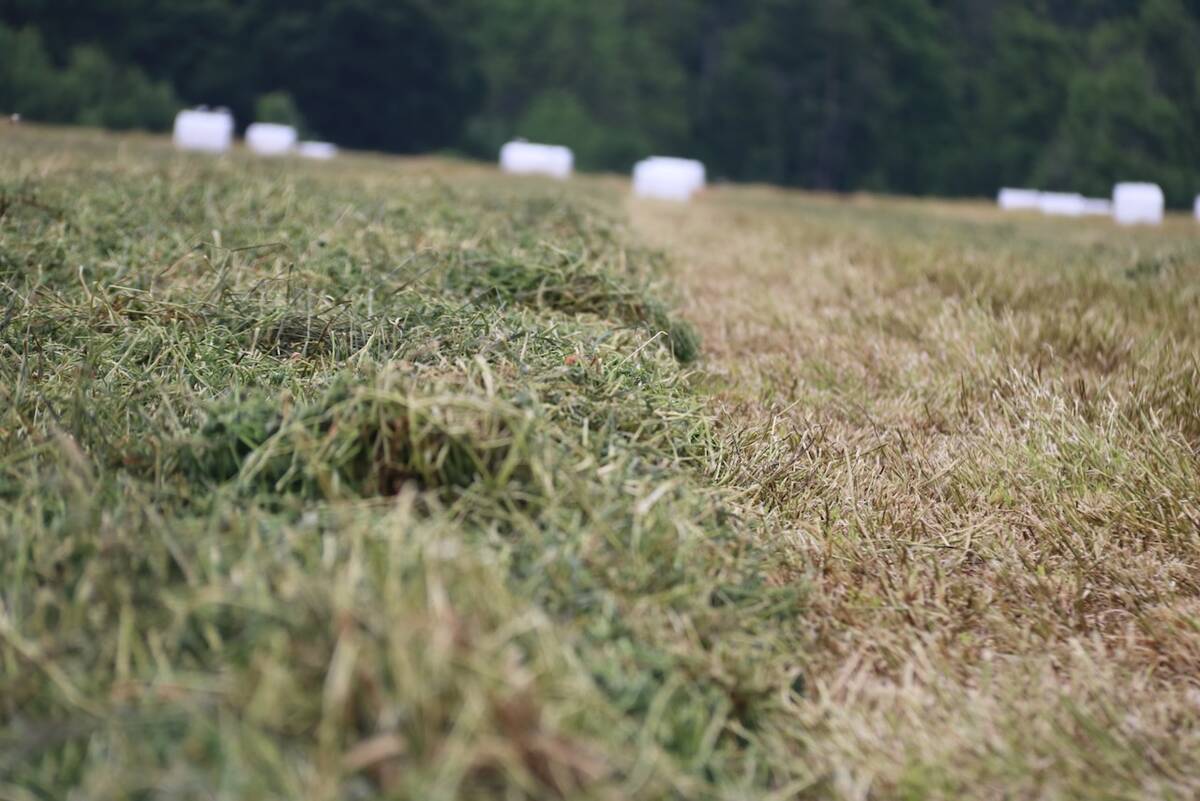
New high-performance forage training program to launch in 2026
A new Canadian Forage and Grasslands Asssociation high-performance forage program will be a resource for farmers, agronomists and others in the forage sector.
“If we had done this survey a few years ago, I don’t know if we would have had that response. Farmers are reading more about biologicals, they are seeing research results and they are also seeing well-respected companies involved with biologicals, which helps to increase their level of trust.”
The survey, which was answered by nearly 800 producers from across Canada, indicated farmers want to know more about how a biological product can fit into a cropping program.
Some of the key survey results included:
- Seventy-eight per cent of participants said they were concerned about the loss of nitrogen in their fertility program.
- More than 82 per cent said they would consider adding a biostimulant to their crop nutrient plan.
- Eighty-nine per cent said they believed their crops could benefit from a supplemental source of nitrogen.
- Ninety-five per cent said sustainable crop inputs were important to them.
- Seventy-nine per cent said they were either using or were interested in learning more about biological and biostimulant products.
Ratzlaff says the survey suggests that Corteva and other crop protection companies are on the right path as they introduce new biological products.
“Farmers are concerned about nitrogen loss and the vast majority, about 95 per cent, are interested in sustainable crop inputs,” she says. “Farmers are increasingly interested in products and practices that are sustainable. Those are products that have little or no environmental impact.”
There are many websites that describe in varying detail what the term “biological” means.
The University of Nebraska, for example, says biologicals are products that contain beneficial, naturally occurring micro-organisms or microbial derivatives as active ingredients. A product must have an organism or microbial derivative in it to be described as a biological.
Under that biological umbrella are biostimulants or enhancers, which are substances that enhance plant growth, health and productivity or provide other direct or indirect benefits to a plant’s development.
Biostimulant products have been listed to include adjuvants, amino acids, biofertilizers, chitin/chitosan, biochemical materials, fulvic acid, microbial inoculants and plant growth regulators.
Another nitrogen source
Ratzlaff highlighted one Corteva Agriscience product in the biological category. In 2021, the company had a limited introduction of Utrisha N, a foliar-applied biostimulant, and Corteva customers had access to the product during the 2022 growing season.
“As we launched Utrisha N, we felt producers were ready and the survey provides data to back that up,” says Ratzlaff.
“It helps to support what we believe will be a pretty rapid growth in the biological market here in Canada and globally. Biologicals will be a core part of Corteva’s program going forward as we know they will play an important role in sustainable crop production for Canadian farmers.”
Utrisha N is a naturally derived bacterium, applied in-crop, that helps a wide range of crops fix nitrogen from the atmosphere.
The product can top up nitrogen available to the crop under ideal growing conditions. If conditions are dry, it can serve as another source of nitrogen if there isn’t sufficient moisture for nitrogen uptake by crop roots.
According to Ratzlaff, research and field demonstrations have shown Utrisha N can help increase yields. “Our field trials show that crops do benefit from an application of Utrisha N,” she says.
Over the 2021 and 2022 growing seasons, overall yield results from canola field trials showed an average yield increase of 1.1 bushels per acre with Utrisha N versus untreated check plots. And more than 63 per cent of the time, there was more than a two-bushel-per-acre yield increase.
With field corn trials across Canada, crops treated with Utrisha N had an average 2.3-bushel-per-acre yield increase, and 65 per cent of the time the yield advantage was as high as 5.4 bushels per acre.

There was similar response with wheat. On average, Utrisha N produced a 1.7-bushel-per-acre yield increase, and 68 per cent of the time treated plots produced a 2.8-bushel-per-acre yield increase compared with untreated checks.
With winter wheat in Ontario, there was an average one-bushel-per-acre yield advantage, and 71 per cent of the time just over a two-bushel-per-acre yield increase.
Foliar application
Based on the natural bacterium Methylobacterium symbioticum, Utrisha N is a foliar application.
It enters the stomata on the epidermis of leaves and other plant material and colonizes the cells within them. The bacteria then begin to capture nitrogen from the air and convert it into a usable form for the plant.

Ideal timing for application with canola is around the four-leaf bolting stage, before stem elongation, and with cereals it is the four-leaf jointing stage.
Ratzlaff recommends a few actions when applying Utrisha N:
- Apply earlier in the day when plant stomata are most likely to be open.
- Apply within the recommended temperature range of 15 to 25 C. If temperatures are 25 C or higher, the stomata will close.
- The product can be applied with a number of herbicide and fungicide tank mixes, but check that products are compatible.
- Ensure proper coverage, use a clean water source and apply the product at the 10-gallon-per-acre water rate.




